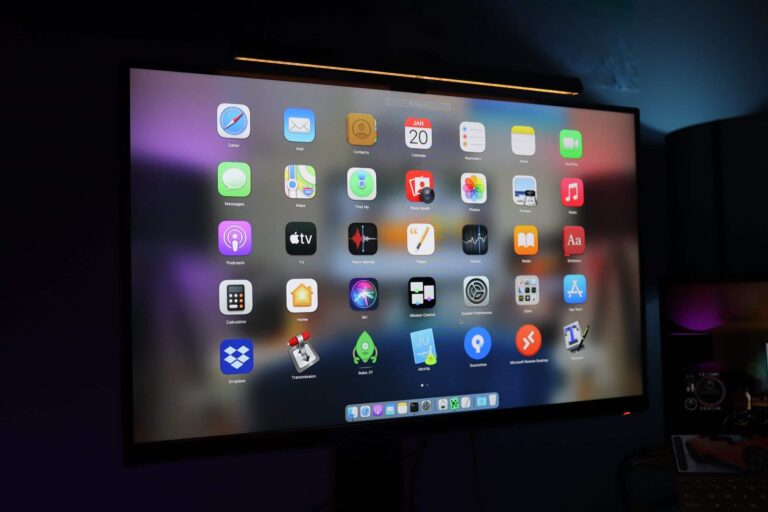The GPT-4 artificial intelligence model was recently released and the race is already on to integrate it into applications to enhance its capabilities and the functionality it provides to the user.
Knowing that GPT-3.5 has taken the world by storm, the excitement about what the new version will bring to the table is enormous. For example, GPT-4’s ability to process images is a huge step forward and the improvement in language capabilities and comprehension is impressive.
These updates have seen, among other things, companies rush to integrate GPT-4 into their applications and services. So, let’s take a look at the first apps that take advantage of GPT-4’s capabilities.
Table of Contents
Duolingo
There are many apps that help you learn a new language to choose from. The competition between apps is enormous and developers are always looking for innovative ways to improve their products. Duolingo’s early knowledge of GPT-4 allowed them to launch a new app called Duolingo Max, which provides two new features enabled by the presence of GPT-4.
- “Explain my answer“: this is a tutor service that provides clarifications of why an answer is right or wrong. But it is more than a simple explanation. Students can chat with the application and ask for relevant examples or further clarification;
- “Role-play function“: the role-play function is designed to allow students to practise real-world conversations with characters in the app. The goal is to enable users to engage in realistic conversations based on real-life scenarios.
Be my eyes
The use of artificial intelligence in our lives has been the source of much heated discussion. However, regardless of which side of the fence you are on, there are some areas where there can be an argument for AI having a positive impact.
Be My Eyes is one such example. The app is designed to make the world more accessible to visually impaired people. Be My Eyes claims that the technology will be a powerful new resource for blind and visually impaired users.
Be My Eyes is an early adopter of the image processing function of GPT-4. The role played by GPT-4 in the application is that of a virtual volunteer. The process works by analysing images through an image-to-text tool in GPT-4.
Context is the decisive factor here. The GPT-4 engine analyses not only the content of the image, but also the context of the image.
Khan Academy
On the topic of worthy causes, there is also Khan Academy, an early adopter of GPT-4, which is a free online course platform. The mission of this non-profit organisation is to provide a free, world-class education to anyone.
In the same way that Be My Eyes intends to use a GPT-4 as a virtual volunteer, Khan Academy considers a GPT-4 a virtual educator. The implementation of the app is limited, with only one assistant tutor available for a limited number of users. However, there is Khan Academy’s waiting list for anyone who wants to help test a product.
Khan Academy was quick to point out that this tool will not provide students with answers to questions. Instead, artificial intelligence is meant to be used to guide them through the steps necessary to arrive at the correct answer, with GPT-4 checking the various points.
Read also: ChatGPT, all the pros and cons of the software at the center of world attention
GPT-4: a new level of artificial intelligence
These apps are only the tip of a huge GPT-4 iceberg. As more and more developers exploit the capabilities of GPT-4, there will be a large number of applications to follow. These are likely to mimic many of the features and uses we have mentioned. But even more exciting are the companies that seek to explore imaginative new uses for an emerging technology.
Another use of GPT-4 is already in use, but it is not an application. Microsoft’s Bing Chat integrates the GPT-4 model and offers a different experience from ChatGPT. Furthermore, Bing Chat is free for all users, whereas a ChatGPT Plus subscription is required to use GPT-4 with ChatGPT.












